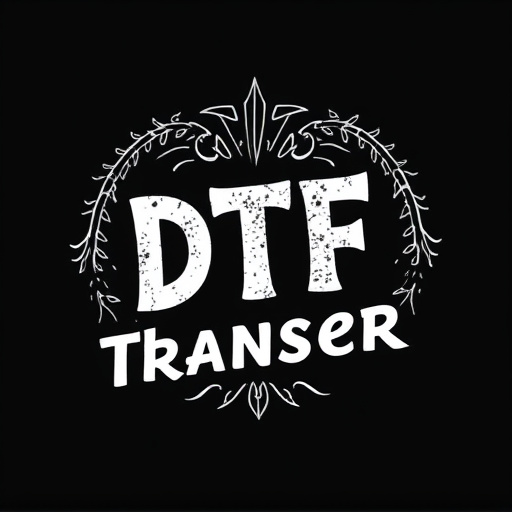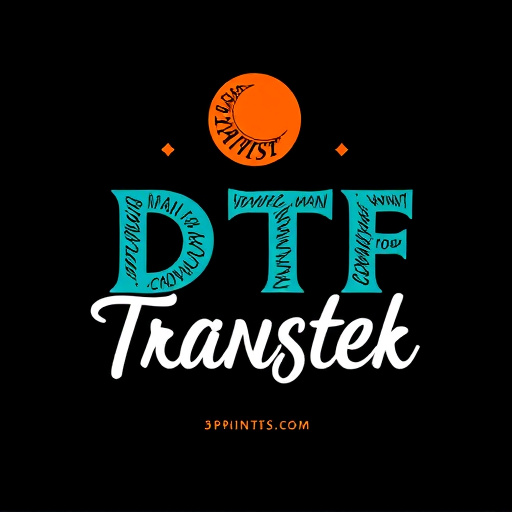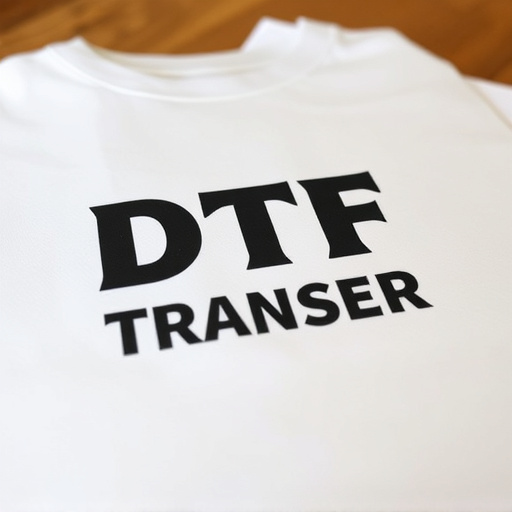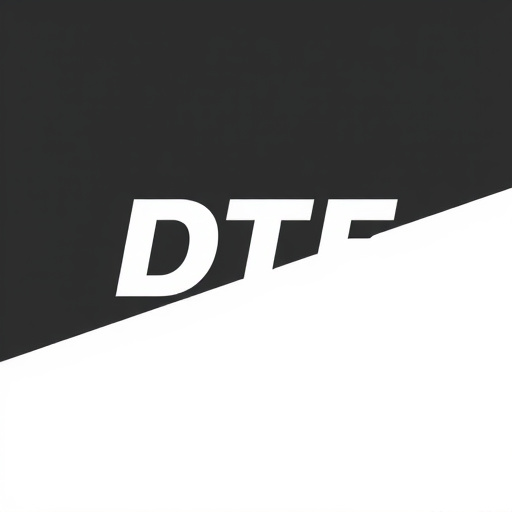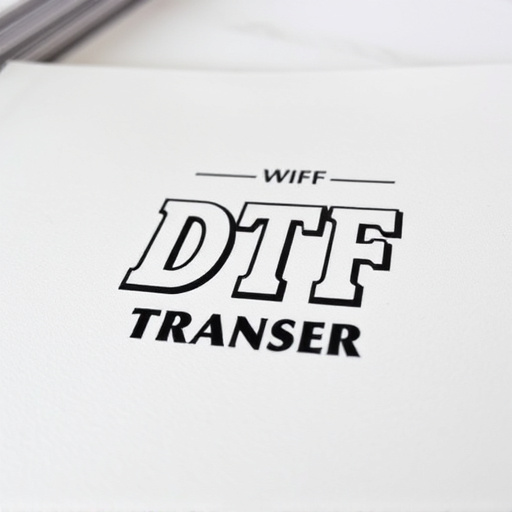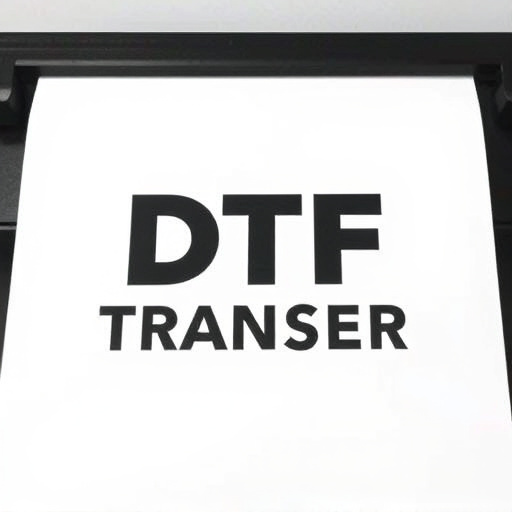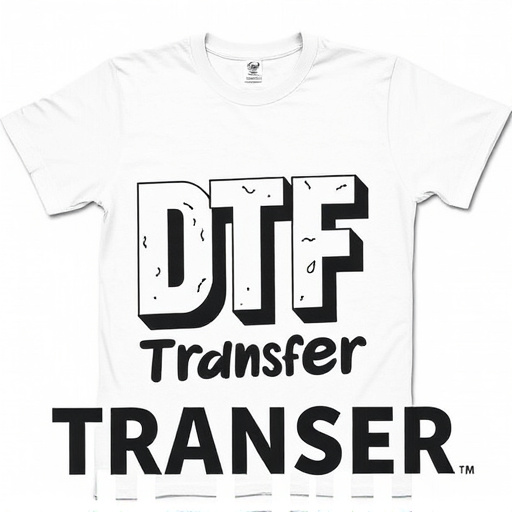Direct-to-fabric (DTF) transfer technology has revolutionized textile printing by enabling vibrant, long-lasting prints directly on polyester fabric using specialized software and heat-activated ink. Popular in custom apparel due to its complex design capabilities, large format production, and excellent color accuracy, DTF can handle various fabric types for applications ranging from apparel to home decor. Choosing the right inks and substrates is crucial for high-quality results, while quality control ensures flawless prints. As a game-changer, DTF offers versatility, adaptability, and superior print quality on diverse fabrics, with future trends predicting environmental advancements and technological breakthroughs in digital printing.
“Unleashing creative possibilities in the world of print-on-demand, DTF (Direct-to-Fabric) transfer technology has revolutionized custom clothing and textile design. This innovative process allows for high-quality prints directly onto polyester fabrics, offering a range of benefits from speed and efficiency to exceptional color vibrancy. In this article, we explore the science, advantages, and applications of DTF printing, providing insights into its growing popularity and future trends.”
- Understanding DTF Transfer Technology: A Brief Overview
- The Science Behind Adhering to Polyester Fabrics
- Advantages of DTF for Custom Print On Demand
- Choosing the Right DTF Ink and Substrates
- Quality Control and Printing Techniques
- Applications and Future Trends in DTF Printing
Understanding DTF Transfer Technology: A Brief Overview

Direct-to-fabric (DTF) transfer technology has revolutionized the way we print on textiles, offering a versatile and efficient method for creating high-quality DTF prints. This process involves transferring ink directly onto polyester fabric, resulting in vibrant, long-lasting designs. DTF transfer technology uses heat to activate the ink, ensuring it bonds strongly with the fabric fibers, making it ideal for a wide range of applications, from apparel to home decor.
The benefits of DTF Printing are numerous; it allows for complex and detailed prints, supports large format production runs, and provides excellent color accuracy. This technology has become particularly popular in the custom apparel industry, enabling businesses to offer unique, personalized designs on demand. With its ability to produce sharp images and handle various fabric types, DTF transfer is a game-changer in the world of textile printing.
The Science Behind Adhering to Polyester Fabrics
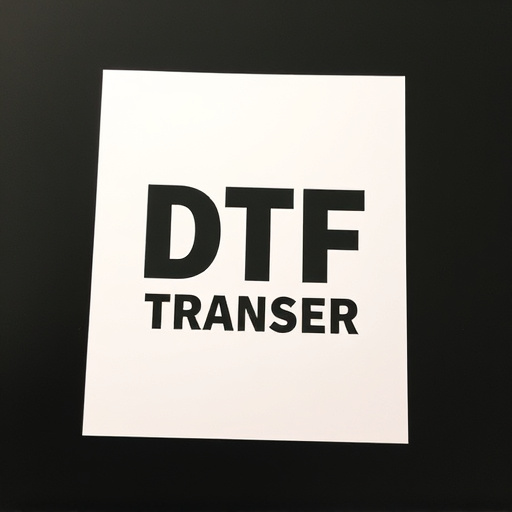
The process of adhering film transfers to polyester fabrics, a technique known as DTF (Direct to Fabric) Transfer or DTF Printing, is a fascinating marriage of science and art. It involves several key steps that ensure optimal adhesion and vibrant, long-lasting prints. First, the design is precisely prepared using specialized software, allowing for intricate details and rich color profiles. Then, an ultra-fine mesh screen is used to apply a thin layer of ink directly onto the polyester fabric, creating a DTF print. This method offers several advantages over traditional printing techniques; it’s versatile, enabling designers to create unique patterns and custom artwork on various fabric types and sizes.
The key to successful DTF transfers lies in the chemical interaction between the ink and the polyester fiber structure. Polyester fabrics have a smooth, non-porous surface that can be challenging for inks to bond with. However, modern DTF inks are formulated with specialized adhesives, ensuring strong adhesion and fast drying times. This science-driven approach allows for high-quality, long-lasting DTF prints, making it a popular choice in various industries, from fashion and textiles to signage and decor.
Advantages of DTF for Custom Print On Demand
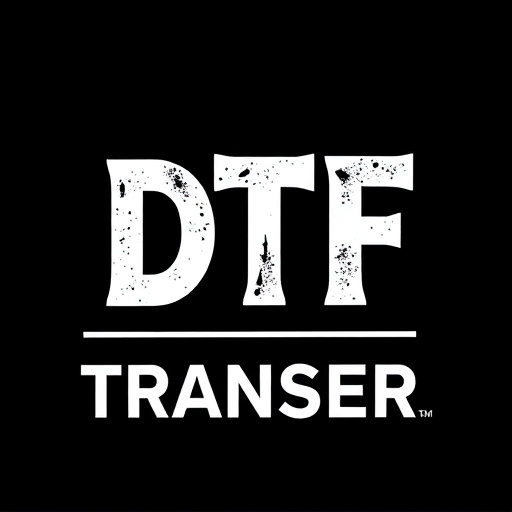
Direct-to-fabric (DTF) transfers have revolutionized custom print on demand, offering a multitude of advantages over traditional methods. One of the key benefits is their exceptional adhesion to polyester fabrics. DTF inks are specifically formulated to bond strongly with polyester, ensuring long-lasting prints that resist fading and maintain their vibrancy even after multiple washes. This makes DTF an ideal choice for creating high-quality, durable custom garments, accessories, and home goods.
Additionally, DTF printing streamlines the production process, allowing for faster turnaround times and cost efficiency. The direct application of ink onto the fabric eliminates the need for intermediate steps, reducing waste and simplifying inventory management. Moreover, DTF transfers can accommodate a wide range of design complexities, from simple text to intricate graphics, making it versatile for various print-on-demand applications.
Choosing the Right DTF Ink and Substrates
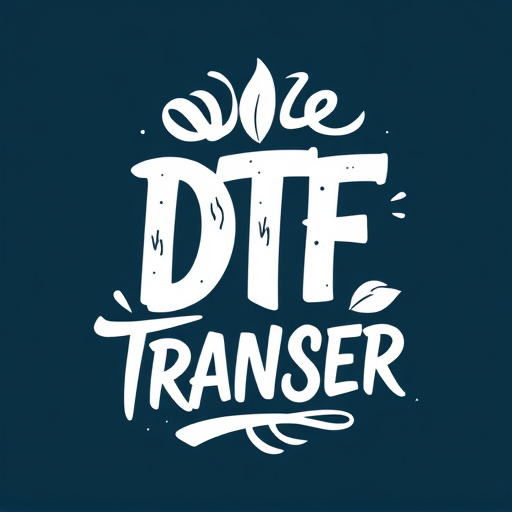
When it comes to creating high-quality DTF (Direct to Fabric) transfers, selecting the appropriate ink and substrate is a crucial step in the process. The right DTF ink should offer vibrant colours, excellent adhesion to polyester fabrics, and fast drying times, ensuring long-lasting DTF prints. Polyester itself is a popular choice due to its durability and ability to withstand various printing techniques.
For optimal results, consider inks formulated specifically for DTF transfer applications. These inks are designed to bond strongly with the fabric, providing crisp details and vibrant hues. The substrate should complement the ink, offering a smooth surface for even printing and ensuring the final DTF prints are free from bumps or imperfections.
Quality Control and Printing Techniques
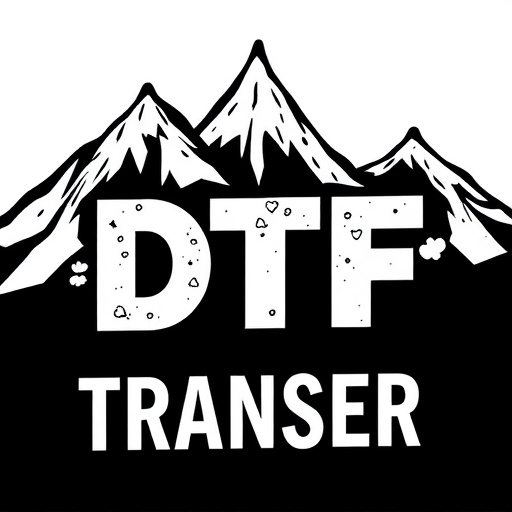
The quality control process is a crucial step in DTF (Direct to Fabric) transfer printing. Manufacturers employ various techniques to ensure that each print is flawless and adheres precisely to the polyester fabric’s surface. This includes meticulous inspection under high-resolution cameras, which detect even the slightest imperfections or variations in ink density. Advanced software algorithms further enhance accuracy by comparing printed samples with original designs, ensuring color consistency and detail retention across batches.
DTF printing techniques have evolved to offer exceptional versatility and quality. The process involves transferring highly durable inks onto polyester fabrics using heat and pressure. This method allows for intricate design reproduction, vibrant colors, and a soft, fabric-like handfeel on the final product. By optimizing printing parameters like temperature, pressure, and ink composition, artisans can produce DTF prints that are both visually stunning and long-lasting, suitable for a wide array of applications from apparel to home decor items.
Applications and Future Trends in DTF Printing
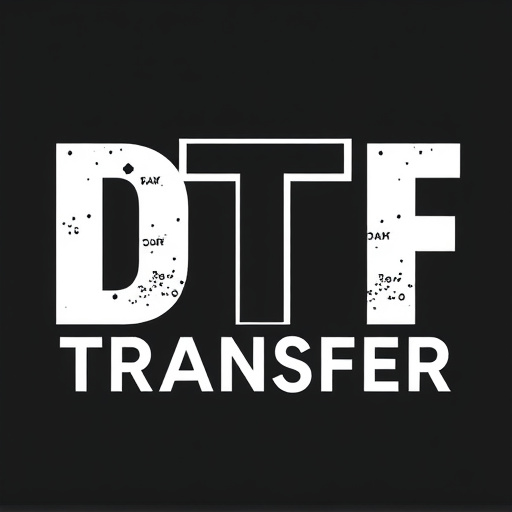
The Direct-to-Fabric (DTF) transfer printing process has gained significant traction in various industries due to its versatility and ability to produce high-quality, durable prints on a wide range of fabrics, including polyester. DTF transfers offer an array of applications, from custom apparel and accessories to home decor and promotional products. This method allows for intricate designs, vibrant colors, and exceptional detail, making it a favorite among artists, businesses, and individuals seeking unique, personalized items.
Looking ahead, the future of DTF printing appears promising with evolving technologies enhancing its capabilities further. Trends indicate an increased demand for eco-friendly materials, leading to the development of water-based inks and sustainable transfer papers. Additionally, advancements in digital printing technology promise faster turnaround times and more precise, large-scale production, catering to the growing e-commerce market. As DTF continues to revolutionize the textile industry, we can expect even more innovative applications, such as smart fabrics, interactive prints, and enhanced durability, pushing the boundaries of what’s possible in fabric decoration.



